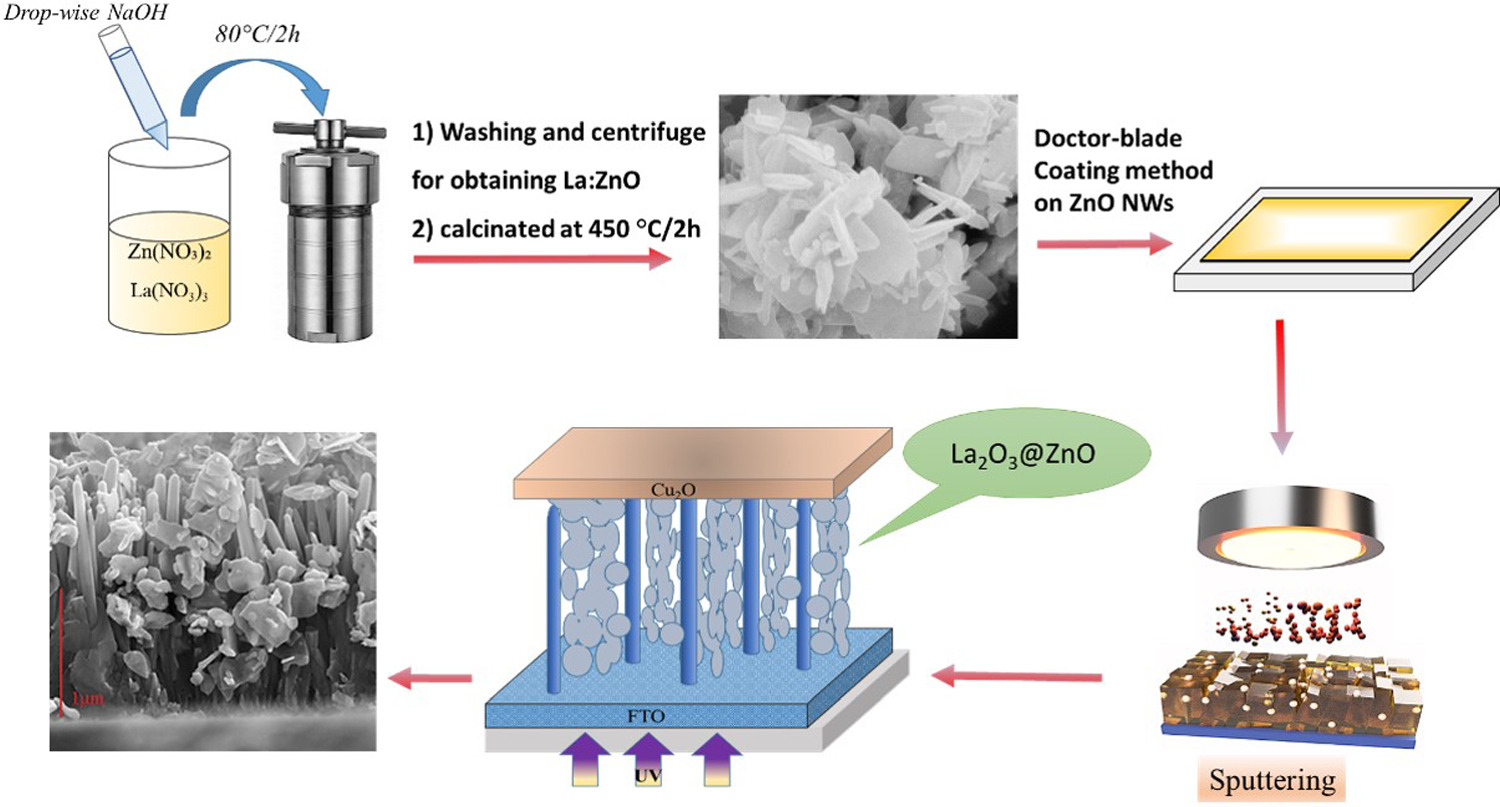https://doi.org/10.1140/epjp/s13360-025-06488-6
Regular Article
Enhanced UV photodetection in ZnO nanostructures with rare earth elements doping
1
Faculty of Physics, Semnan University, P.O. Box: 35195-363, Semnan, Iran
2
Division of Materials Science, Department of Engineering Sciences and Mathematics, Luleå University of Technology, 97187, Luleå, Sweden
3
Department of Molecular Sciences and Nanosystems, Ca’ Foscari University of Venice, Via Torino 155, 30172, Venice Mestre, Italy
a
n.memarian@semnan.ac.ir
b
isabella.concina@ltu.se
c
alberto.vomiero@ltu.se
Received:
1
December
2024
Accepted:
28
May
2025
Published online:
23
June
2025
Ultraviolet (UV) photodetectors (PDs) are essential for a range of applications, such as space exploration, radiation monitoring, electronics manufacturing, etc. Zinc oxide (ZnO), a wide-bandgap n-type semiconductor, demonstrates high sensitivity to UV light, making it a promising material for UV PDs. This study investigates the impact of rare-earth (RE) doping–especially (lanthanum (La), neodymium (Nd), and dysprosium (Dy)–on the photodetection performance of ZnO based UV PDs. Hydrothermally synthesized RE: ZnO nanostructures were incorporated into fabricated RE: ZnO-Cu2O UV PDs, leading to significant performance enhancements. We present a detailed analysis of structural, morphological, and optoelectrical properties. Results show that RE incorporation transforms ZnO nanoparticles morphology into flake-like structures and increases charge carrier density (confirmed by Mott-Schottky measurements). These modifications yield enhanced photocurrent efficiency and charge carrier density, leading to superior photodetection capabilities. The RE-doped configuration also demonstrates improved response and decay times in UV photodetection studies. This study underscores the potential of RE doping to markedly enhance the performance of ZnO-based UV-PDs.
Supplementary Information The online version contains supplementary material available at https://doi.org/10.1140/epjp/s13360-025-06488-6.
Copyright comment Springer Nature or its licensor (e.g. a society or other partner) holds exclusive rights to this article under a publishing agreement with the author(s) or other rightsholder(s); author self-archiving of the accepted manuscript version of this article is solely governed by the terms of such publishing agreement and applicable law.
© The Author(s), under exclusive licence to Società Italiana di Fisica and Springer-Verlag GmbH Germany, part of Springer Nature 2025
Springer Nature or its licensor (e.g. a society or other partner) holds exclusive rights to this article under a publishing agreement with the author(s) or other rightsholder(s); author self-archiving of the accepted manuscript version of this article is solely governed by the terms of such publishing agreement and applicable law.





